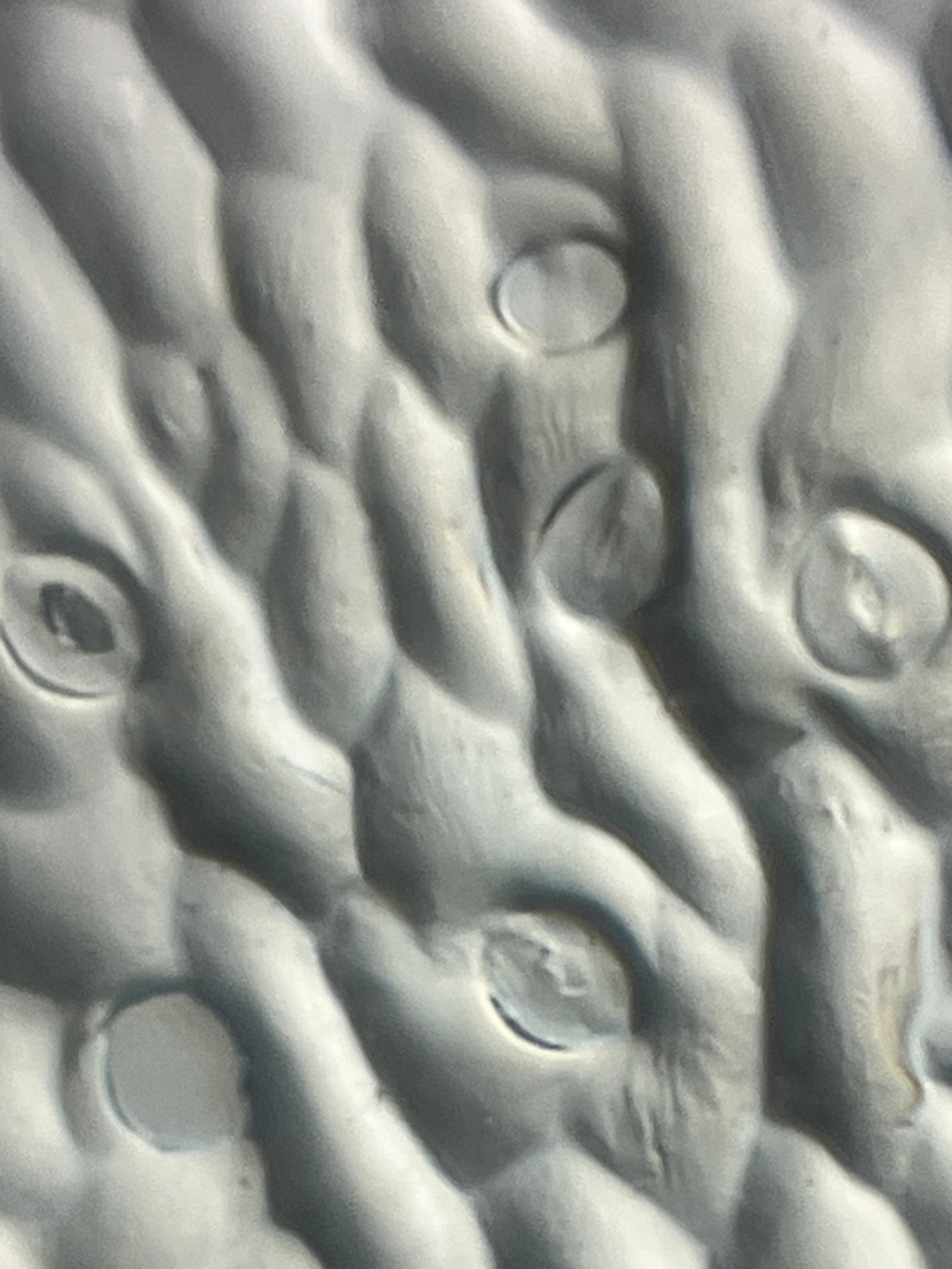
Elementary, middle, and high school students sometimes view STEM fields as something learned passively from a book or their teacher. That’s a major reason why microscopes are important for student engagement. Exposing young students to the wonder of tiny structures the naked eye can’t see expands their appreciation of the amazing complexity of the natural world.
Microscopes Offer Experiential Learning
Learning by doing is far more effective for many students than learning by listening, writing, or viewing. Offering young students opportunities to complete hands-on activities using microscopes shows them that science is not limited to the pages of textbooks. Rather, it is an active pursuit of knowledge and discovery.
Microscopes Expand Worldviews
Elementary and middle school students, especially those in underserved communities, may not have had the opportunity to explore much beyond the boundaries of their own neighborhoods. Microscopes expose kids to the multitude of worlds that live all around them. From a blade of grass to the skin of an onion or the eyes of a fly, viewing everyday objects and creatures through a microscope lens presents a wider view of the world. This encourages questioning and investigation, which are essential to scientific discovery.
Portability Enables Exploration and Rewards Curiosity
New types of microscopes for schools can escape the traditional, black-topped tables of the middle school science lab and allow students to follow their curiosity outdoors. Assembling these portable, lightweight microscopes presents teachable moments in physics, optics, and engineering and helps students understand how microscopes work.
Fully assembled portable paper microscopes allow students to immediately pursue their investigations of the world around them. When a microscope fits in your pocket, your ability to explore the natural world is nearly unlimited.
Microscopes are important for student engagement because they provide an alternative to book learning, rote memorization, and other passive forms of learning. Instead, they provide hands-on, experiential learning that ignites a sense of wonder and builds natural curiosity. Exploring new possibilities in and outside the classroom gives students a greater appreciation of the complexity and beauty of natural structures they could never have seen before, even without their microscope.



